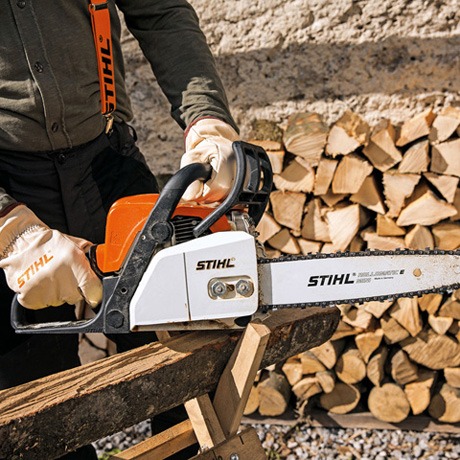Japanese saw blades have earned a reputation for their exceptional cutting performance and longevity. Woodworkers and craftsmen worldwide rely on these precision tools for their intricate designs and smooth cuts. But just how long do Japanese saw blades last? In this comprehensive blog post, we will delve into the factors that influence the lifespan of Japanese saw blades and provide practical tips to maximize their longevity.
- Understanding the Composition of Japanese Saw Blades:
Japanese saw blades are typically made from high-quality steel, such as carbon steel or tool steel. These materials offer excellent durability, sharpness, and resistance to wear. The blade's teeth are meticulously crafted using traditional Japanese techniques, resulting in ultra-fine and razor-sharp edges. - Factors Affecting the Lifespan of Japanese Saw Blades:
a. Material Hardness: The hardness of the material being cut directly impacts the blade's lifespan. Hardwoods, such as oak or teak, can be more abrasive and cause faster wear compared to softer woods like pine or cedar.
b. Cutting Technique: Proper cutting technique plays a crucial role in extending the blade's lifespan. Applying excessive force, using incorrect angles, or twisting the blade can lead to premature wear and damage.
c. Maintenance and Care: Regular cleaning, lubrication, and proper storage are essential for maintaining the blade's performance. Removing resin buildup, protecting against rust, and ensuring the teeth remain sharp are vital for longevity. - Extending the Lifespan of Japanese Saw Blades:
a. Choosing the Right Blade for the Job: Different types of Japanese saw blades are designed for specific tasks. Selecting the appropriate blade with the right tooth configuration and size for the material being cut can significantly enhance its lifespan.
b. Proper Cutting Technique: Employing a gentle and controlled cutting motion, allowing the blade to do the work, and avoiding excessive force or twisting can minimize wear and tear.
c. Regular Maintenance: Cleaning the blade after each use, removing resin or debris, and applying a light coat of lubricant can prevent rust and keep the blade in optimal condition.
d. Sharpening and Retoothing: When the blade starts to lose its sharpness, periodic sharpening or retoothing can restore its cutting performance and extend its lifespan. - Expected Lifespan of Japanese Saw Blades:
The lifespan of Japanese saw blades can vary depending on several factors, including frequency of use, cutting materials, and maintenance. On average, with proper care and maintenance, a high-quality Japanese saw blade can last anywhere from several months to several years.
Conclusion:
Japanese saw blades are renowned for their exceptional cutting performance and longevity. By understanding the factors that influence their lifespan and implementing proper maintenance and cutting techniques, craftsmen can maximize the longevity of these precision tools. Investing in high-quality Japanese saw blades and following the tips outlined in this article will ensure a prolonged and efficient cutting experience, saving both time and money in the long run.

